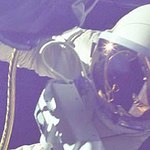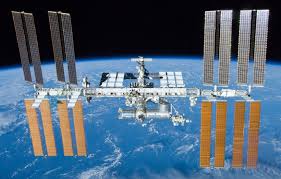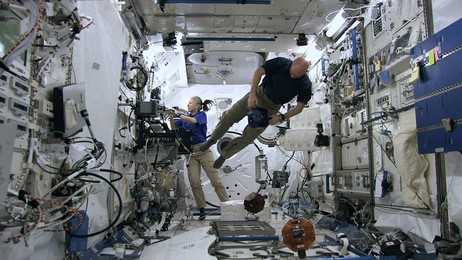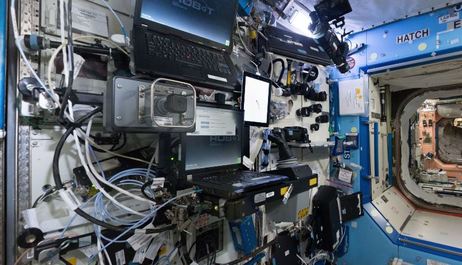Crowdsourcing Challenge to Better Locate Objects on the International Space Station
Published Jul-14-19Breakthrough:
An algorithm that improves the way NASA locates tagged items on the International Space Station.
Company:
NASA, United States
The Story:
 You'd think it would be relatively easy to locate items on the International Space Station (ISS), a closed environment with just a handful of individuals present. However, keeping track of objects in space can be quite challenging owing to a number of complicating factors. They include having a lab space that doubles as living quarters and stowing items in cargo transfer bags, which appear almost identical.
You'd think it would be relatively easy to locate items on the International Space Station (ISS), a closed environment with just a handful of individuals present. However, keeping track of objects in space can be quite challenging owing to a number of complicating factors. They include having a lab space that doubles as living quarters and stowing items in cargo transfer bags, which appear almost identical. To improve the speed and accuracy of inventory audits and compliance NASA has been experimenting with radio frequency identification (RFID) in a project called RFID-Enabled Autonomous Logistics Management (REALM). The hope is to achieve item level location awareness and eventually move to crew-free, fully automated real-time inventory management.
The system consists of 24 fixed antennas in three of the ISS modules, approximately 3,200 RFID tags on numerous items and about 100 marker tags on the ISS internal structure for calibration.
As of 2018 REALM could provide the location of tagged items with average, standard deviation, and maximum errors of 1.5, 0.5, and 3 meters, respectively. To see if and how much this could be improved upon the space agency turned to crowdsourcing, creating the 'NASA International Space Station RFID Localization Challenge' on the TopCoder platform.
Improving Accuracy
Participants were invited to come up with algorithms that would improve location accuracy and reduce the amount of time astronauts spend looking for objects. To develop their models, they had to detect the location of RFID tagged items within the ISS as accurately as possible. According to the space agency, reducing the margin of error to one meter would virtually eliminate search time.
The crowdsourcing contest took place over a five-week period, and 25 submissions were made. Algorithm returns were compared to ground truth data, and the quality of the solutions was judged by how much they correlated with the expected results. A total prize purse of $26,500 was up for grabs with $8,500 for the winner.
Winning Algorithm
That person was a particle physicist from the United States whose algorithm achieved a 28% improvement on accuracy with a model based on the weighted means of the antennae locations. This translated to astronauts having to search through half as much volume to locate a lost item compared to NASA's algorithm.
Crowdsourcing Benefits
Patrick Fink, principal investigator for NASA’s REALM investigations was clear about the benefits of using crowdsourcing to improve the location accuracy of tagged items.
“There are so many different approaches one might pursue in an effort to improve the accuracy of the (RFID tag) location algorithms. However, these approaches require resources, and like most (government-funded) organizations, our resources are limited.
“So, we are very excited about the diverse set of approaches that can be rapidly evaluated for this challenging problem through crowdsourcing.”
Next Story »



